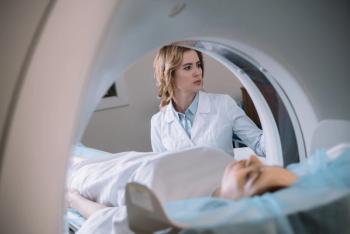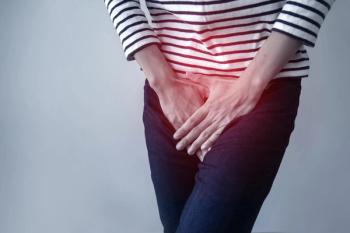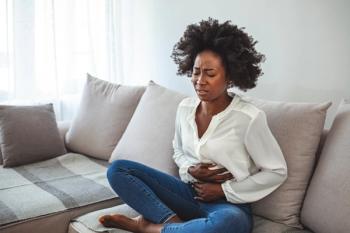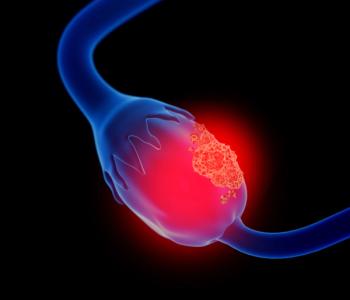
Endometriosis
Latest News
Latest Videos

CME Content
More News

Endometriosis experts describe the considerations of selecting a therapy for patients who are suffering from endometriosis.

A panel of experts provide an overview of first-line treatments for endometriosis treatment.

Sawsan As-Sanie, MD, Jessica Shim, MD, Robert Taylor, MD, PhD, and Linda Giudice, MD, PhD, discuss the multidisciplinary approach and shared decision-making strategies associated with endometriosis treatment.

Researchers from the Feinstein Institute in Manhasset, New York, found single-cell RNA sequencing to be an effective and noninvasive way to screen for and diagnose patients with endometriosis.

Myovant Sciences and Pfizer announces the US Food and Drug Administration has approved Myfembree (relugolix combination tablets) for the once-daily treatment of moderate-to-severe endometriosis-associated pain.

Women with endometriosis had a 34% greater risk of stroke than women without the chronic inflammatory gynecological condition, according to an analysis of the Nurses Health Study II.

A review of magnetic resonance imaging (MRI) for diagnosing endometriosis and related diseases in the Korean Journal of Radiology has found that the medical imaging technique can help in the early and accurate diagnosis of ovarian endometriotic cysts and deep infiltrating endometriosis (DIE), while avoiding the need for invasive procedures and radiation exposure, due to MRI’s high contrast and objectivity.

Most studies conclude that dietary interventions positively impact endometriosis, according to a systematic review in the journal Reproductive Sciences.

A study published in Cannabis and Cannabinoid Research found that women often used cannabis to manage endometriosis symptoms during the COVID-19 pandemic.

Rates of endometriosis are generally higher in leaner women, yet there still seems to be a connection between the presence and placement of fat tissue and the development of endometriosis. One study team sought to find out why.

A preprogrammed, nomad, easy-to-use, transcutaneous electrical nerve stimulation (TENS) device was well tolerated and provided rapid and lasting pain decrease in women with primary dysmenorrhea (PD), according to a study published in the journal Progrés en Urologie.

A study published in the Journal of Clinical Medicine highlights the high burden of endometriosis, including infertility, comorbidities, health care usage, and medical costs.

Robert N. Taylor, MD, PhD, discusses key findings from clinical trial data on the dosing, pain relief profile, and adverse events of elagolix for patients with endometriosis.

An expert reproductive endocrinologist comments on the patient selection of aromatase inhibitors and the role of selective estrogen receptor modulators (SERMs) for endometriosis treatment.

Dr Robert N. Taylor examines the use of GnRH receptor antagonists, including elagolix, for the management of endometriosis.

Robert N. Taylor, MD, PhD, reviews first- and second-line therapies for the treatment of endometriosis.

An expert in reproductive endocrinology comments on the impact of endometriosis on a patient’s quality of life.

Dr Hugh Taylor highlights the importance of early detection of disease and the use of imaging technology in the diagnosis of endometriosis.

Hugh Taylor, MD, differentiates endometriosis from other disorders causing pelvic pain and shares common risk factors for the disease.

Women with surgically confirmed endometriosis were significantly more likely to report lower urinary tract symptoms (LUTSs) than those without, according to a study analysis in the journal Fertility and Sterility.

There is no association between endometriosis and preterm birth, according to a French study in JAMA Network Open.

Women with laparoscopically confirmed endometriosis are at significantly higher risk for early natural menopause (ENM), and this risk was greater for nulliparous women and women who never reported using oral contraceptives, according to a study in JAMA Network Open.

These data build upon previous topline results announced in January 2022.

There are a lot of things women can worry about during pregnancy, but a new study suggests that some mothers need even more warnings than others.

A study published in the Journal of Ovarian Research examines factors that may cause endometriosis to progress to ovarian cancer.


















